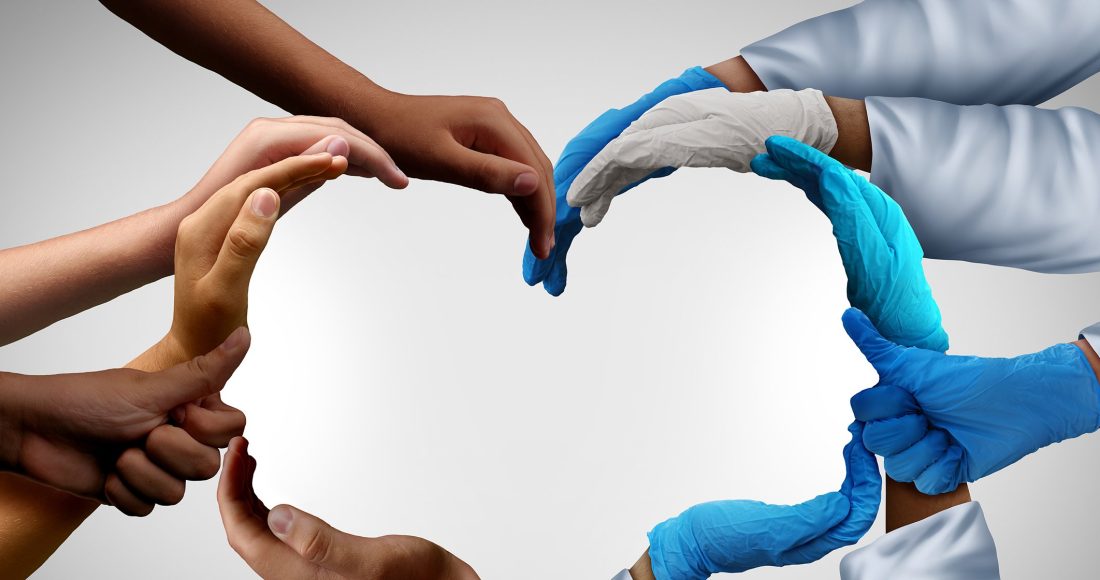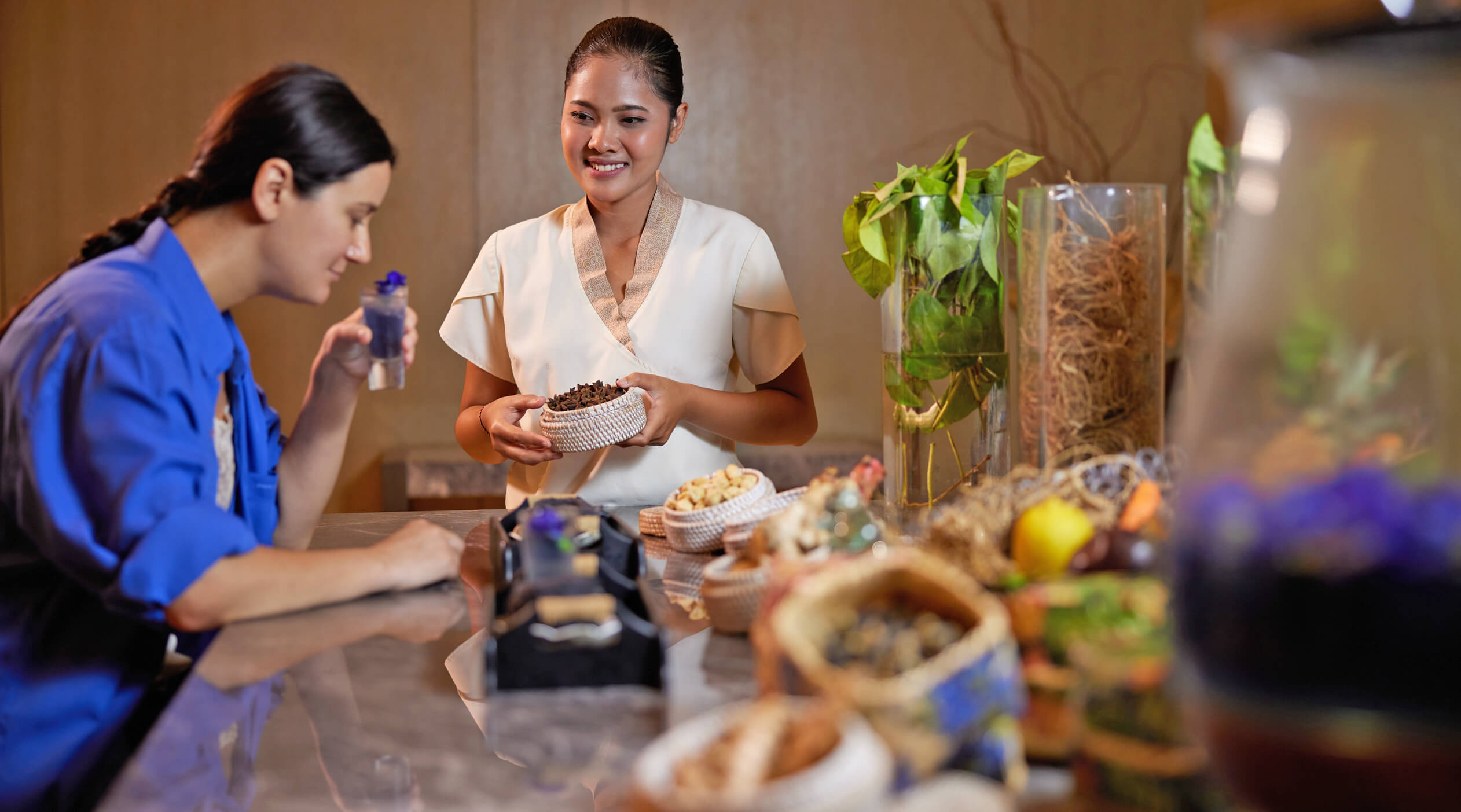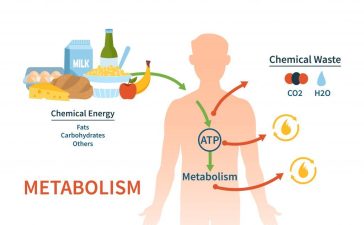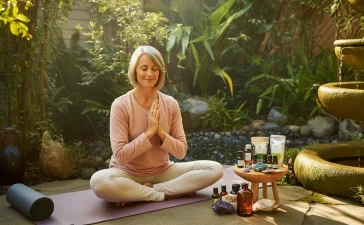
Rediscovering Wellness: The Rise of Alternative Health in Modern Medicine
In recent years, a growing number of people have begun to seek more natural, holistic ways to improve their health. While conventional medicine remains vital for diagnosis and treatment, the limitations of a one-size-fits-all approach have inspired a renewed interest in alternative health practices. These methods, often rooted in centuries-old traditions, focus not only on treating symptoms but on healing the whole person — body, mind, and spirit.
This movement toward alternative and integrative medicine represents more than a trend; it’s a transformation in how we understand wellness. Let’s explore what’s driving this shift, the most popular practices, and how they can complement modern healthcare for a more balanced, natural approach to well-being.
1. The Shift Toward Holistic Healing
The modern healthcare system excels at treating acute illnesses, infections, and emergencies. However, chronic stress, fatigue, and lifestyle-related diseases like diabetes and heart disease often require a different perspective — one that considers the deeper roots of imbalance.
Alternative health approaches view the body as a complex, interconnected system. Instead of focusing on isolated symptoms, they aim to restore harmony across physical, emotional, and energetic levels. This holistic model recognizes that mental health, nutrition, movement, and even emotional well-being play a significant role in overall vitality.
As people become more informed about the side effects of medications and the long-term impact of stress, many are turning toward natural therapies to complement medical treatment and promote prevention rather than reaction.
2. The Mind-Body Connection: Healing Beyond the Physical
One of the most fundamental principles in alternative health is that the mind and body are deeply connected. Emotional distress, trauma, or chronic anxiety can manifest as physical symptoms — and vice versa.
Practices such as yoga, meditation, and tai chi work to strengthen this connection. Studies show that mindfulness and deep-breathing exercises reduce cortisol levels (the body’s stress hormone), lower blood pressure, and enhance immune function.
Similarly, traditional systems like Ayurveda and Traditional Chinese Medicine (TCM) emphasize the flow of energy — known as qi or prana — and the balance between internal forces such as yin and yang. When that energy becomes blocked or unbalanced, illness can arise. Restoring equilibrium through movement, herbs, or acupuncture helps the body heal naturally.

3. Herbal Medicine: Nature’s Original Pharmacy
Before the rise of pharmaceuticals, humanity relied on the healing power of plants. Herbal medicine remains one of the oldest and most widely used forms of alternative therapy today.
Herbs such as turmeric, echinacea, ginseng, and chamomile have been studied for their powerful anti-inflammatory, immune-boosting, and calming effects. For instance:
-
Turmeric contains curcumin, which supports joint health and reduces inflammation.
-
Echinacea may strengthen the immune system and help fight off colds.
-
Ashwagandha, an Ayurvedic herb, is known for reducing stress and improving energy levels.
Unlike synthetic drugs, herbs often contain a combination of compounds that work synergistically — making them gentle yet effective. However, it’s essential to consult qualified herbalists or healthcare providers to ensure safe use and avoid interactions with medications.
4. Energy Medicine: Balancing the Invisible Forces
The concept of energy as a healing force may sound mystical, but energy medicine is gaining recognition even in scientific circles. Techniques like Reiki, acupuncture, and qigong are based on the belief that the human body has an energy field that can be influenced to promote healing.
In Reiki, practitioners channel energy through gentle touch to clear blockages and restore balance. Acupuncture, on the other hand, uses fine needles to stimulate energy points along meridians — pathways that correspond to different organs and systems.
Modern research suggests that these methods may influence the nervous system, enhance circulation, and trigger the body’s natural pain-relief mechanisms. Many patients report reduced anxiety, pain relief, and improved sleep after sessions — benefits that are increasingly acknowledged by integrative medical clinics worldwide.
5. Detoxification and Natural Cleansing
With exposure to environmental toxins, processed foods, and chronic stress, the idea of detoxifying the body has become a popular topic in alternative health. While the body’s liver, kidneys, and lymphatic system are naturally designed to eliminate waste, lifestyle habits can either support or burden this process.
Alternative detox practices — such as juicing, herbal teas, sauna therapy, and intermittent fasting — aim to give the body a rest while promoting internal cleansing.
For example:
-
Sauna therapy helps eliminate toxins through sweat while improving circulation.
-
Intermittent fasting allows digestive rest and encourages cellular repair through a process called autophagy.
Critics of detox diets often argue that extreme cleansing regimens lack scientific support. However, when done mindfully and under professional guidance, gentle detox methods can enhance digestion, energy, and overall vitality.
6. The Role of Nutrition in Alternative Health
Nutrition is the foundation of all healing. In alternative health, food is viewed not just as fuel but as medicine. The goal is to eat in a way that supports the body’s natural rhythms, reduces inflammation, and nourishes the microbiome — the community of beneficial bacteria in the gut that plays a vital role in immunity and mood.
Functional nutrition, a growing branch of alternative medicine, looks at how specific nutrients affect individual biochemistry. For instance, omega-3 fatty acids support brain health, while probiotics improve digestion and immune balance.
Plant-based and whole-food diets, rich in fiber and antioxidants, are emphasized for their ability to support detoxification and longevity. Instead of temporary diets, the focus is on sustainable eating patterns that promote long-term wellness.
7. The Power of Preventive Care
Perhaps the most valuable lesson from alternative medicine is its focus on prevention. Instead of waiting for illness to strike, alternative practitioners encourage regular self-care, mindful living, and lifestyle adjustments that keep the body strong and balanced.
This approach aligns perfectly with modern health goals. Preventing disease through better nutrition, movement, rest, and stress management not only saves healthcare costs but also enhances quality of life.
When integrated with conventional medical care, alternative health can form a powerful partnership — addressing both the symptoms and the root causes of disease.
8. The Future of Integrative Medicine
The future of healthcare lies not in choosing between traditional and alternative medicine, but in integrating the best of both worlds. More hospitals and clinics are now adopting integrative medicine — an approach that combines evidence-based alternative therapies with conventional treatment.
For example, cancer centers may offer acupuncture to ease chemotherapy side effects, while doctors recommend mindfulness practices to help patients manage chronic pain. This collaboration recognizes that healing is multifaceted and deeply personal.
As scientific research continues to explore the mechanisms behind alternative therapies, their credibility and accessibility are likely to grow. What once was dismissed as “fringe” is now becoming a respected component of comprehensive healthcare.

Conclusion: Returning to Natural Wisdom
Alternative health isn’t about rejecting modern medicine — it’s about reconnecting with the body’s innate wisdom. It reminds us that healing is not just about curing illness but nurturing balance, harmony, and vitality.
By combining the precision of modern science with the intuition of ancient healing traditions, we can create a truly holistic model of health — one that empowers individuals to take an active role in their own well-being.
In the end, the path to lasting wellness begins with awareness — of our bodies, our environment, and our choices. When we align with nature, we rediscover that the greatest medicine often lies within us.







